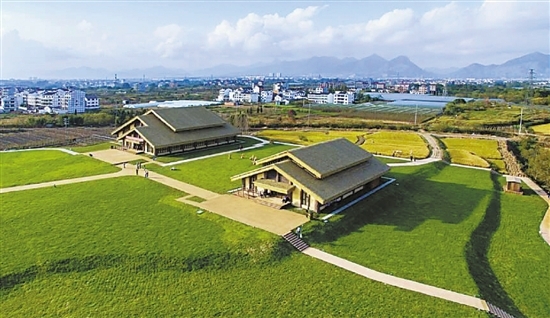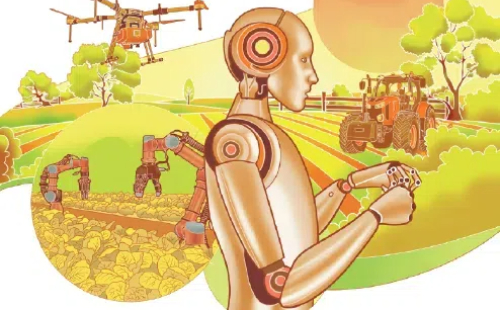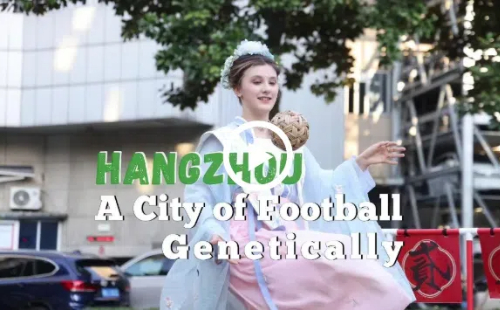World's earliest agricultural society found in Pujiang

Shangshan Archaeological Site in Pujiang county, Zhejiang province. [Photo/zjol.com.cn]
A high-profile exhibition titled "Pursuing Eternity: Conservation of Museum Collections in China" is being held at the Capital Museum in Beijing.
Among the 50 invaluable cultural relics from across the country are the 10,000-year-old carbonized rice grains discovered at the Shangshan Archaeological Site in Pujiang county, Zhejiang province.
The rice grains are a physical testament to Pujiang's historic significance as one of the first places in the world to plant rice, said Jiang Leping, a researcher at the Zhejiang Provincial Cultural Relics and Archaeology Research Institute and team leader for the archaeological discovery of Shangshan Culture.
Jiang believes that ancient Chinese had even mastered the techniques of making rice wines. Experts from Stanford University are currently analyzing the remnants found in potteries excavated from the Shangshan site.
In September 2000, Jiang and his teammates discovered the Shangshan Archaeological Site, which dates back 11,400 to 8,600 years. In 2005, experts from the Institute of Archaeology at the Chinese Academy of Social Sciences (CASS) first found in the site rice grains aged about 10,000 years, and they concluded that local residents had started to domesticate wild rice plants since those times.
In 2006, the Neolithic culture represented by the Shangshan Archaeological Site was officially defined as "Shangshan Culture". It is the oldest Neolithic culture ever found in the lower reaches of Yangtze River and the country's southeastern coastal regions.
According to Li Xinwei, an archaeologist at the CASS, the Shangshan Archaeological Site was where the earliest signs of human settlement in China was found. Some other Neolithic sites in other Chinese localities boast a longer history but have no traces of buildings seen in the Shangshan site, Li added.
Zhao Hui, vice-president of the Society for Chinese Archaeology, reckons that Shangshan culture is the origin of not only rice plantation but also agricultural society.
"Reviewing early civilizations, we have found that human settlement preceded agriculture in Near East and West Asia while came after agriculture in Central and South Americas; it is in Shangshan Culture the new mode emerges that agriculture and human settlement simultaneously took place," said Liu Li, professor at Stanford University.





 play
play